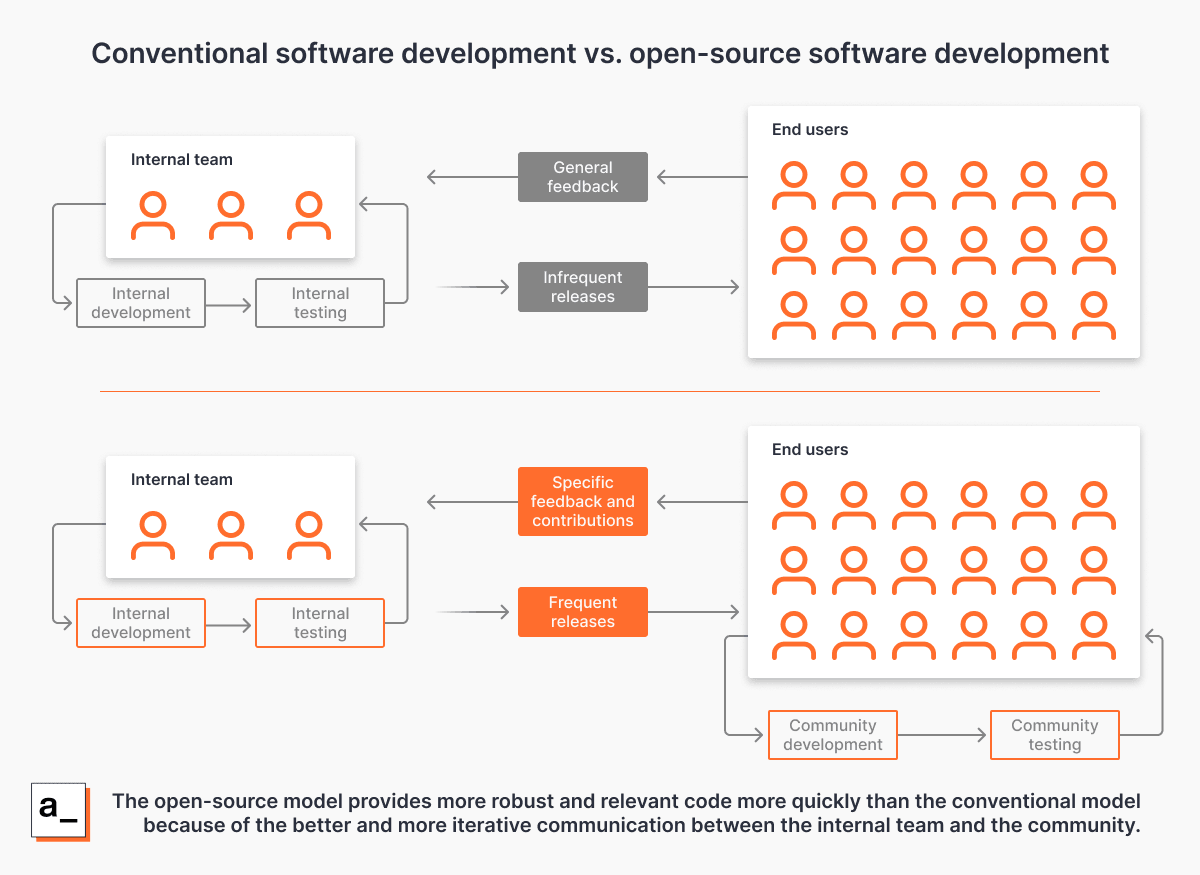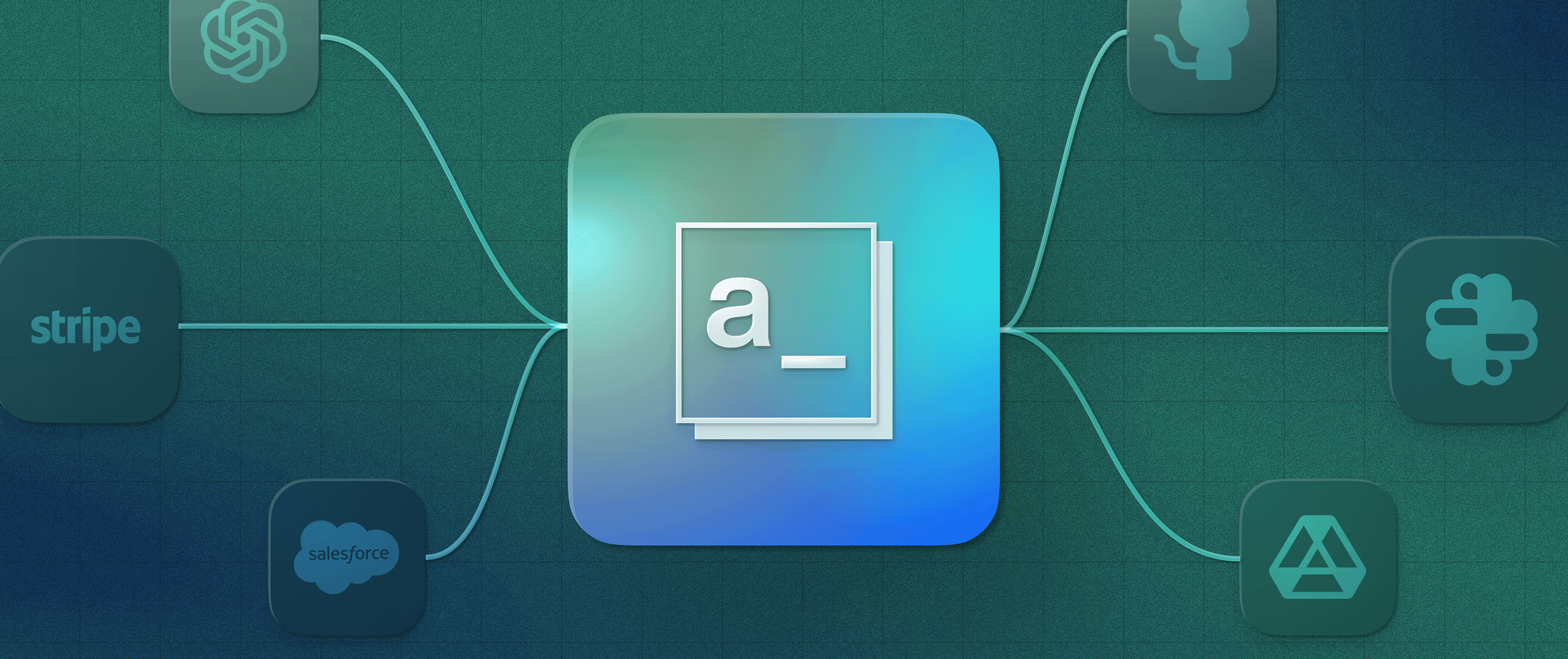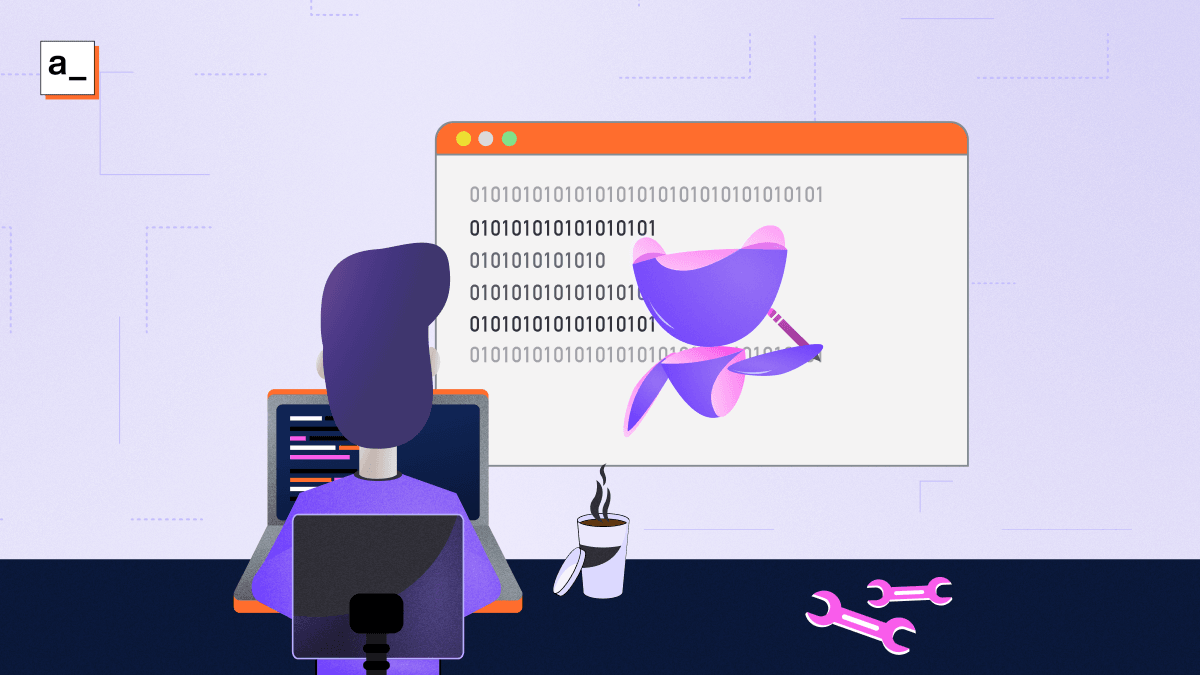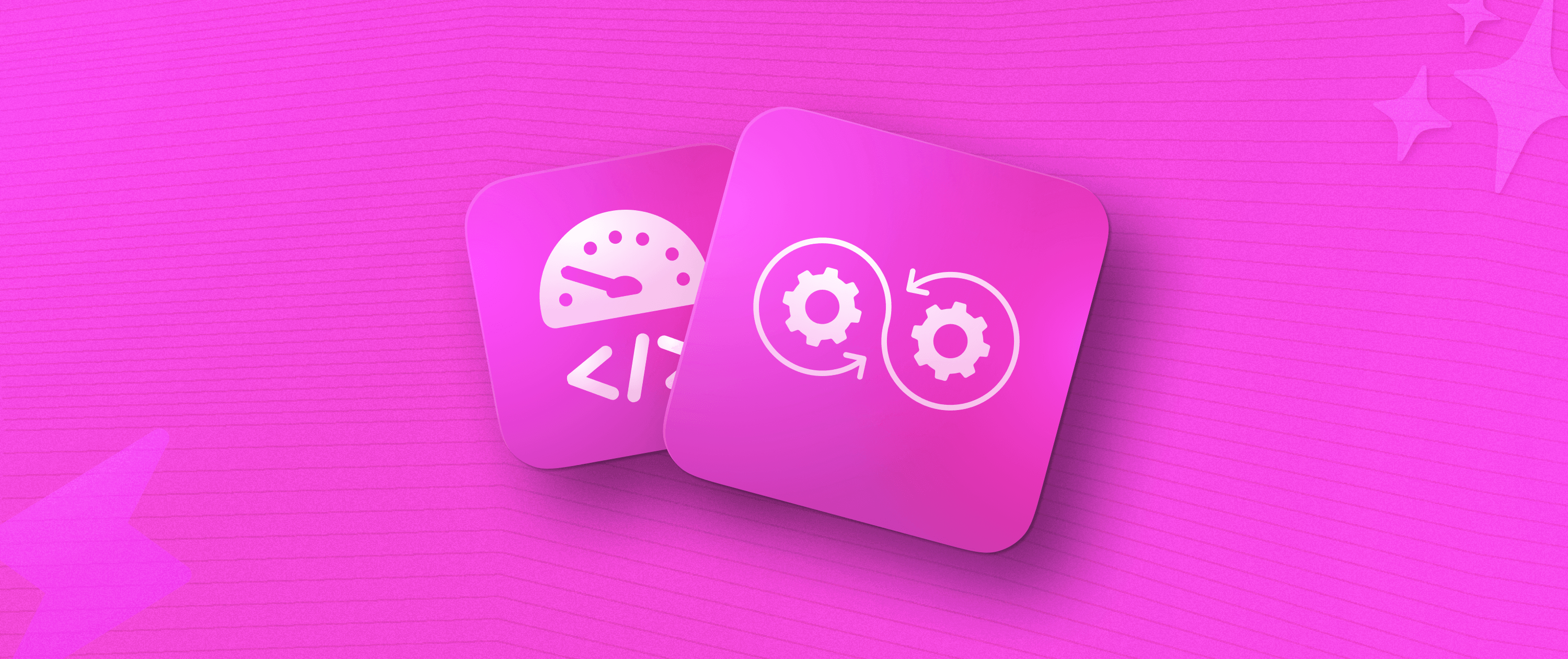What's next for Appsmith and other OSS internal tools in 2023?


Today, we hit 25,000 stars on Github! In honor of this milestone, we wanted to do a review of the past year and talk a bit about our goals and expectations for the future. 2022 was a significant year for the open-source internal tools community and the developers we serve. We’ve seen many new projects and service providers enter the market, and an influx of users moving to these new platforms. At Appsmith, we’re incredibly proud of the part we’ve played in establishing our product category and are excited to continue to help drive the industry forward this year.
In this article, we give a recap of some major developments in the industry from 2022, how these tie into Appsmith’s long-term vision, and where we see Appsmith and the industry going in 2023.
Where we’ve come from: 2022 recap
The increased interest in a streamlined, developer-centric toolchain for building internal business tools, including the number of new players in the space, is a great sign for the future of our open-source internal tools platform. The ongoing growth and innovation in our category show that there are users with real problems to be solved, and developers who are under-served by existing legacy products. But before we look forward, let's analyze the events of the past year.
Developers have long sought a better way to build and deploy internal applications that connect to existing data sources, while easily integrating with the other tools that they use in their workflow. Traditionally, these applications have taken significant time and resources to build, but recently products have emerged that allow this to be done in a matter of hours (or minutes!), without developers having to code everything from scratch for each project.
Appsmith is one of these new development tools — and we take great pride in the product category that we’ve helped to establish. Our open-source community edition product now forms the basis of many other products, and we continue to drive the development of open-source internal tools. As of the end of 2022, the Appsmith open-source project has more than 24,000 GitHub stars and more than 2,000 forks.
Making Appsmith open source has helped to commoditize the core UI building experience and has enabled three different companies using Appsmith’s codebase to emerge. We see this as a huge positive for the industry since it’s added to the competition and innovation happening in this space.
Developers choose to use Appsmith because our open-source model provides a better developer experience, more predictability in the product’s development, and strong application security. Contributing developers in our community have access to the source code and therefore have the flexibility to modify applications — adding the features they need, and improving the product for everyone who uses it. Appsmith fosters a transparent and community-driven development process, so stakeholders can be confident that they’re investing in a platform with longevity and extensibility.
One example of this is the effort during 2022 to improve the in-line editing functionality of the table widget. This widget is a critical component of every internal application and improving it was our most popular user request from the community. We, therefore, prioritized its development and made great strides toward our goal of making the table a full CRUD data management interface. By working with our community of developers and users, we were able to create a robust, flexible widget that meets the needs of our users and is simple to implement for both existing and new Appsmith applications.
Another focus of 2022 was security — something that we take incredibly seriously, as evidenced by our platform receiving SOC 2 certification in 2022. This, in combination with the ability to self-host the Appsmith platform – including using air-gapped solutions for maximum security — has made us popular with security-minded developers.
Despite these achievements, we think the most important thing we built in 2022 was our community. Appsmith would not be what it is today without the suggestions, feedback, and contributions that the community provides. This development model — our established team working hand-in-hand with our users — lets us create category-defining solutions for building internal tools.
We’ve watched the Appsmith community grow by 600% across GitHub, Discord, Discourse, and YouTube. And while our user base grew, our internal team tripled in size, a significant investment in the future of the project. Most of these hires were engineers who are helping us build a better product faster based on the GitHub issues raised by community members. We were also able to secure $41 million in funding during 2022 so that we can double down on continuing to build the open-source project and move closer to our vision for the industry.
Where we’re going: Appsmith’s vision for OSS internal tools
We believe that the interplay between Appsmith and the open-source community is the best template for innovation because the developers who use the platform are much more involved with its development than under a more typical proprietary software development system. This collaboration helps us stay aligned with the ideas and desires of our end users and make sure we’re always building features our users actually need — not just the ones we think they need.

The growing interest in this industry (including the emergence of new competitors) is a net positive for both Appsmith and the industry at large. The increased awareness and adoption of internal app-building tools attract more developers to our community, bringing with them their experience and insights, which helps us deliver more solutions to the issues faced across different industries.
This increase in competition will result in better internal application development tools, but early adopters must be careful to invest in solutions with a proven track record and plans for future investment and growth. Service providers who don’t move fast enough or don’t bring anything new to the market will struggle and may leave their users high and dry if they leave the market or abandon their codebases. For this reason, we believe that the best tools in this space will be created by established companies with active communities that continually deliver value to the developers that they serve.
Goals and predictions for the community in 2023
The primary goal for Appsmith in 2023 is to continue improving the developer experience, making internal app development as easy as possible by recognizing and improving on the contributions made to the space by other players.
We also want to solve the problems we’ve identified with legacy internal app builders that can make the development process clunky and unintuitive, waste resources, and result in poor end-user experiences. One of the biggest developer pain points we want to fix in existing solutions is the requirement to code inside the web browser instead of in a native desktop code editor. Every developer has their own code environment preferences, and we hope that liberating you from the limited, feature-sparse experience provided by in-browser coding will make your jobs (and lives) easier.
Existing bespoke app-building platforms also tend to hide and obfuscate your application code, making applications built on them harder to maintain and debug. It is also generally much harder to integrate these legacy app-building tools into the conventional software development process, since you can’t use Git-based version control, write unit tests, or debug errors in the platform. We believe that Appsmith has contributed greatly towards solving these problems, and we’re continuing to work on integrating our platform more closely with the tools that developers already like and use every day. In addition to developer-workflow improvements, we will also be focusing on adding new functionality, including cron job/task scheduling and creating custom widgets, and improving mobile responsiveness.
We loved working with the Appsmith community in 2022, and nurturing this community is our highest priority for 2023. We want to bring more contributors to the Appsmith project so that we can build better software for developers around the world. To encourage this, we will be making it easier for developers to get started, providing clear guidelines for contributions, offering better mechanisms for discussion and feedback, and creating an even more welcoming and inclusive community. We believe that fostering this relationship will be the key to success for Appsmith and the industry as a whole in 2023 and beyond.
Join us on our mission to make open-source internal tools even better
Appsmith, and the product category that launched with it, is based on a robust open-source community that is the cornerstone of its continued success. We’ve succeeded in making it possible to build fast, reliable, and good-looking internal tools through a streamlined, developer-centric solution.
If this sounds like a mission that you’d like to be part of, please sign up for Appsmith’s Discord community to get updates about the latest Appsmith news, contribute to the project, and get solutions from the community for any issues that you run across.
Cover artwork by Jemma Jose


